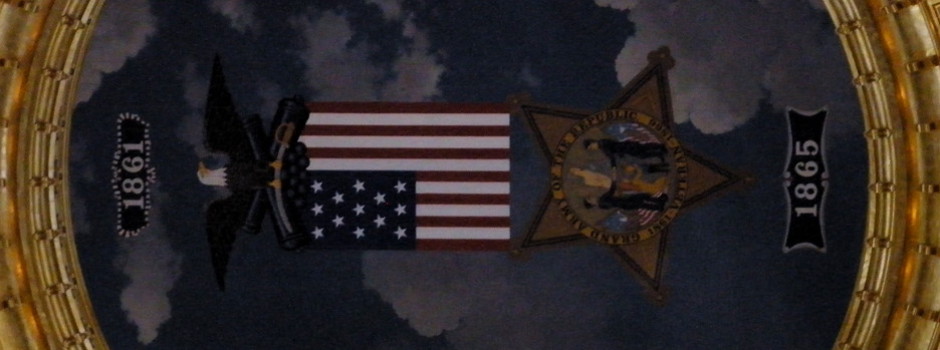In 1920, IA 88 was a harmless little highway, between the tiny town of Altoona and the tinier town of Bondurant, slightly lengthened a year later.
In 1935, it was nothing less than the first piece of a giant conspiracy, “a plan of Des Moines to make Iowa a ‘one town state'” (Cedar Rapids Gazette, April 3). IA 88, you see, was the number given to the Marshalltown diagonal.
Farmers whose land would be taken had an valid argument. Triangular plots of land are not optimal from a logistical standpoint, especially if one had triangles on both sides. But that aspect took a back seat to the trade implications, or at least the perceived implications. In fact, the most vocal opponent of the diagonal between Des Moines and Marshalltown in the Legislature was Don McLean — the representative from Marshall County.
McLean’s bill, which the House approved 101-3 on April 2, 1935, forbade further consideration of diagonal highways. An amendment from a Buena Vista County legislator to halt all construction and abandon the road entirely failed 33-68.
The Webster City Freeman (April 11) editorialized:
The plan to build a diagonal road from Des Moines to Marshalltown and on to Waterloo was conceived in Des Moines, from purely selfish business motives, and is opposed by Marshalltown and Waterloo and other towns along the route. It is a scheme to draw trade to the capital city at the expense of other towns.
If it were seriously proposed to build a diagonal road from Burlington to Marshalltown, and on into Kossuth county, or from Council Bluffs to Boone and Waterloo and on into northeastern Iowa, it is easy to divine what Des Moines would say … There would be the most vigorous and strenuous opposition.
The Freeman was demonstrably wrong on that latter part, given that during 1933 and 1934 a diagonal IA 33 had been fashioned from Le Mars to Sibley. However, that hugged the railroad the whole way, and the Marshalltown diagonal was a whole new path.
The Centerville Daily Iowegian and Citizen (April 4) saw a big-government plot:
There were warnings when states began to look to Washington for road and health and other help that the entering wedge was being driven which would reduce the states to mere vassals of the federal government. The day is here when we see the prediction being fulfilled. And blows continue to be struck to centralize government. Des Moines is trying to wipe out the county seats and get diagonal roads to make that the one big city. Washington reaches out to make the state subservient. And who is there who can point to any gains in the manner in which we are governed because of this centralization?
Even good-roads advocate E.E. Taylor, editor of the Traer Star-Clipper, didn’t like it much, as he wrote when the whole thing was winding down (May 31):
The highway commission has heard from the taxpayers. The body has announced that the diagonal road planned and partially constructed, from Des Moines to Waterloo, will end at Marshalltown, at least for the present. Too bad the people did not speak earlier and louder and thus headed off this expensive project for which there is no need.
The bill did not get out of the Senate, and the Highway Commission didn’t attempt any more diagonals for four decades. The 88 number was replaced with IA 64 in 1939 and IA 330 in 1969.
Another writeup about this episode in Iowa highway history is at the top of the IA 117/330 (2002) page. Self-plagiarism is an art if done right.
